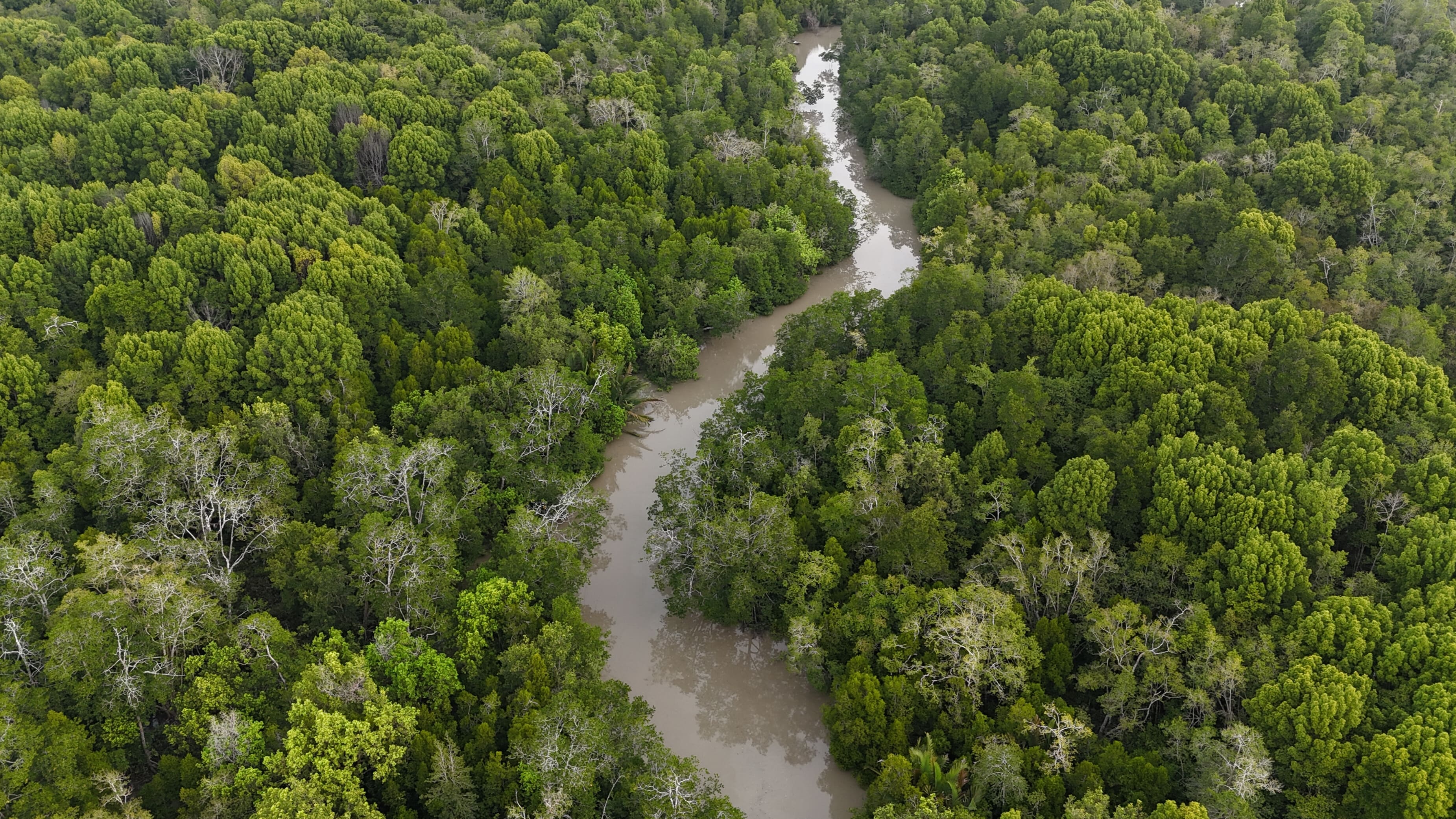The Great Sambas River is a landscape located in Sambas Regency, West Kalimantan Province. The regency spans a total area of 6,396 km², with an intervention area of approximately 162,345 hectares within this landscape.
The regency’s economy is strongly shaped by its natural resources, with most communities engaged in plantations, agriculture, fisheries, and trade. Key commodities include oil palm, rubber, pepper, and a variety of Non-Timber Forest Products (NTFPs), alongside the provision of essential ecosystem services.
Ecologically, Sambas hosts 14 distinct land cover classes, four of which dominate: secondary dryland forest, plantation areas, mixed dryland agriculture, and secondary swamp forest. However, the landscape faces pressing environmental challenges. Between 2015 and 2019, an estimated 2,053 hectares of forest were lost each year, equal to about 2.9% of forest cover annually. This deforestation alone contributes to an estimated 401,586 tons of carbon released per year, equivalent to 1.47 million tons of CO₂ emissions.
The dynamics of land use are driven by both community practices and large-scale plantation development. Oil palm plantations are one of the most dominant land uses, with the majority located within company concession areas. These patterns reflect both the economic importance of the sector and the governance challenges in balancing community livelihoods, corporate concessions, and environmental protection.
From a governance perspective, Sambas falls under the authority of the local government of Sambas Regency and West Kalimantan Province, while also being subject to national forestry and land-use regulations set by the Ministry of Environment and Forestry. Effective governance in Sambas therefore requires multi-level coordination—between national, provincial, and district governments, as well as companies and communities—to address deforestation, strengthen sustainable land use, and unlock the potential of the landscape for both economic growth and ecological resilience.
